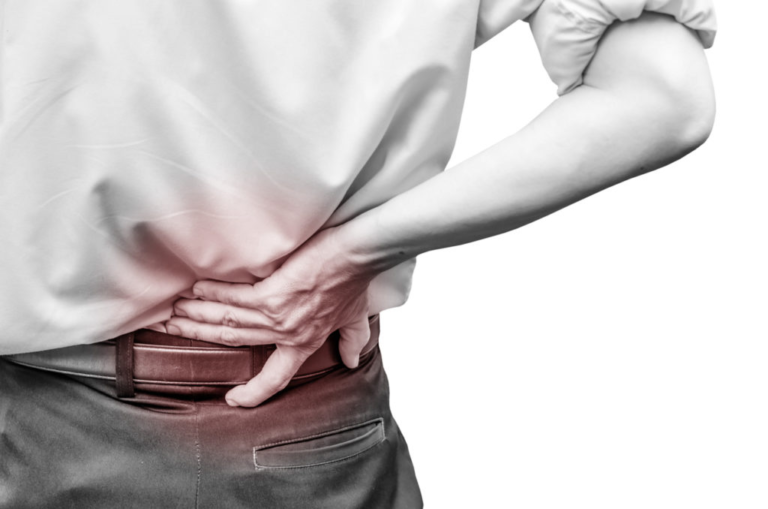Innovation in Molding Technologies Transforming Product Design
The evolving world of product design and manufacturing is driven by technological advancements, especially in plastic and metal molding. These breakthroughs provide designers and manufacturers with new tools to create high-quality, cost-efficient, and sustainable products. This blog post explores the importance of these developments and their impact on your work.
The Evolution of Molding Technologies
Molding technologies have come a long way since their inception. In ancient times, simple molds were used to shape metal and clay for various purposes. The Industrial Revolution brought significant advancements, making mass production possible with the development of metal casting and injection molding. Fast forward to today, and we’re witnessing leaps in technology that are revolutionizing the industry.
From Traditional to Modern Methods
Traditional molding methods like sand casting and manual injection molding have served industries well for decades. However, they often come with limitations such as longer production times and higher costs. With the advent of computer-aided design (CAD) and computer-aided manufacturing (CAM), more precise and efficient methods have emerged.
The Role of Automation
Automation has been a game-changer in molding technologies. Robots and automated systems now handle tasks that were once labor-intensive, increasing efficiency and precision. This shift has paved the way for more complex designs and quicker turnaround times, enabling product designers to innovate rapidly.
The Rise of Digital Technologies
Digital transformation has also played a crucial role. Techniques like 3D printing, also known as additive manufacturing, have opened new avenues for creating molds and prototypes. These technologies allow for rapid iterations and more complex geometries, which were previously impossible or too costly to produce.
Key Advancements in Plastic Molding
Plastic molding has seen some of the most impactful innovations in recent years. These advancements are not only making the process faster and more efficient but are also introducing new materials that are more sustainable and versatile.
High-Speed Injection Molding
High-speed injection molding is revolutionizing the plastic manufacturing industry. This technique significantly reduces cycle times, allowing for faster production without compromising quality. It is particularly beneficial for high-volume manufacturing, where every second counts.
3D Printing for Molds
Using 3D printing to create molds offers unparalleled flexibility and speed. Unlike traditional molds, which can take weeks to produce, 3D-printed molds can be created in a matter of hours. This allows for rapid prototyping and faster time-to-market, giving designers the ability to test and refine their ideas quickly.
Sustainable Materials
The push for sustainability has led to the development of new, eco-friendly materials for plastic molding. Biodegradable plastics and recycled materials are becoming increasingly popular, helping reduce the environmental impact of manufacturing processes. These materials offer similar performance to traditional plastics but with a much lower carbon footprint.
Cutting-Edge Metal Molding Techniques
Metal molding has also experienced significant advancements, making it possible to create more intricate and durable components. These new techniques are setting the stage for the next generation of metal products.
Metal Injection Molding
Metal injection molding (MIM) combines the versatility of plastic injection molding with the strength and durability of metal. This process, known for near-net shape molding, is ideal for producing small, complex parts that require high precision. MIM offers a cost-effective solution for manufacturing intricate metal components, making it a go-to method for industries like aerospace and medical devices.
Advancements in Die-Casting
Die-casting has been a staple in metal manufacturing for decades, but recent advancements are taking it to new heights. Modern die-casting techniques involve the use of advanced alloys and enhanced cooling systems, allowing for the production of more robust and lightweight parts. These improvements are particularly valuable in the automotive industry, where weight reduction is crucial for fuel efficiency.
The Use of Alloys
The development of new alloys is another exciting area in metal molding. These materials offer superior properties such as higher strength-to-weight ratios and improved corrosion resistance. Alloys like titanium-aluminum and magnesium alloys are becoming increasingly popular, offering product designers more options for creating high-performance components.
Impact on Product Design
The breakthroughs in plastic and metal molding are having a profound impact on product design. These advancements are not only enhancing the quality and complexity of products but are also streamlining the design process itself.
Enhanced Design Capabilities
Modern molding techniques allow for more intricate and detailed designs. This capability is particularly beneficial for industries that require high precision, such as electronics and medical devices. Designers can now create products with complex geometries that were previously impossible or too costly to manufacture.
Faster Time-to-Market
One of the most significant benefits of these advancements is the reduction in time-to-market. Faster production methods and rapid prototyping capabilities mean that designers can go from concept to finished product in a fraction of the time. This speed is crucial in today’s fast-paced market, where staying ahead of the competition is key.
Improved Product Quality
The precision offered by modern molding techniques results in higher quality products. Automated systems and advanced materials reduce the risk of defects, ensuring that each component meets stringent quality standards. This improvement in quality translates to greater customer satisfaction and fewer returns.
Sustainability and Cost-Efficiency
Sustainability and cost-efficiency are becoming increasingly important in manufacturing. The latest molding technologies are addressing these concerns, making it possible to produce high-quality products without compromising on environmental responsibility or budget constraints.
Reducing Waste
Advanced molding techniques minimize waste by optimizing the use of materials. High-speed injection molding, for example, uses precise amounts of plastic, reducing excess material. Similarly, metal injection molding recycles leftover material, making the process more sustainable.
Energy Efficiency
Modern molding machines are designed to be more energy-efficient. They consume less power compared to their older counterparts, reducing the overall carbon footprint of the manufacturing process. This energy efficiency is not only good for the environment but also helps lower operational costs.
Cost Savings
The combination of reduced waste, energy efficiency, and faster production times results in significant cost savings. These savings can be passed on to customers, making high-quality, innovative products more accessible. For manufacturers, this means better margins and a competitive edge in the market.
Future Trends in Plastic and Metal Molding
The future of molding technologies looks promising, with several trends set to shape the industry in the coming years. Staying ahead of these trends will be crucial for product designers and manufacturers looking to maintain a competitive edge.
AI and Machine Learning
Artificial intelligence (AI) and machine learning are poised to revolutionize molding technologies. These technologies can optimize production processes, predict maintenance needs, and improve quality control. By leveraging AI, manufacturers can achieve even greater efficiencies and precision.
Smart Materials
The development of smart materials is another exciting trend. These materials can change their properties in response to external stimuli, such as temperature or pressure. Integrating smart materials into molding processes will open up new possibilities for innovative product designs.
Customization and Personalization
Consumer demand for personalized products is on the rise. Advanced molding techniques, combined with digital technologies, will enable mass customization. This capability allows manufacturers to produce unique products tailored to individual preferences, enhancing customer satisfaction.
Conclusion
The breakthroughs in plastic and metal molding are transforming the landscape of product design and manufacturing. These advancements offer numerous benefits, from enhanced design capabilities and faster time-to-market to improved product quality and sustainability.
Keep an eye for more news & updates on Glamour Headline





